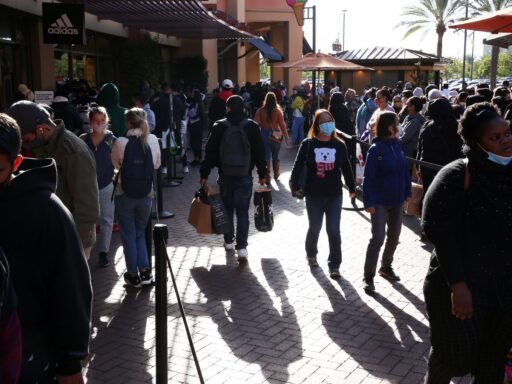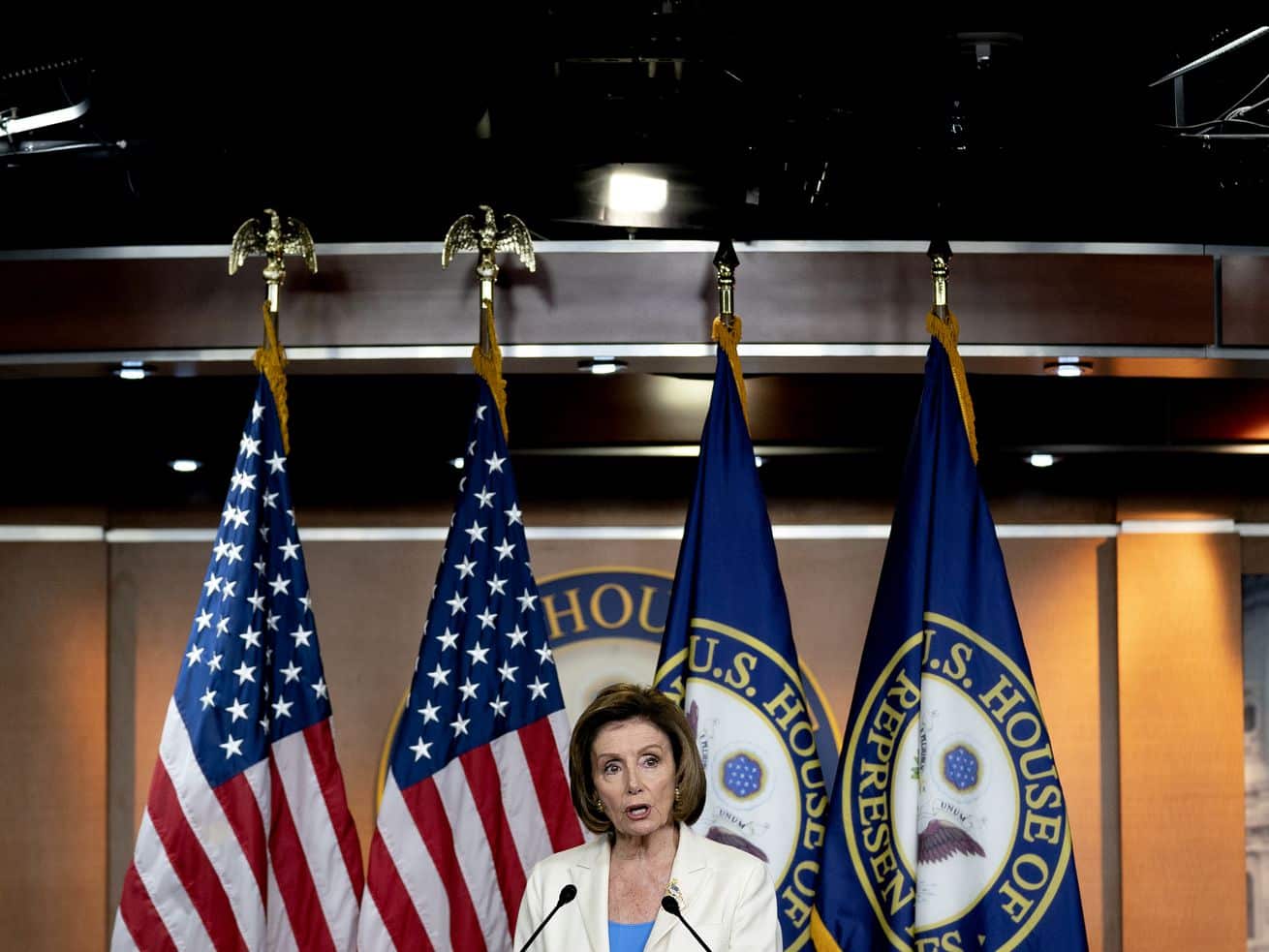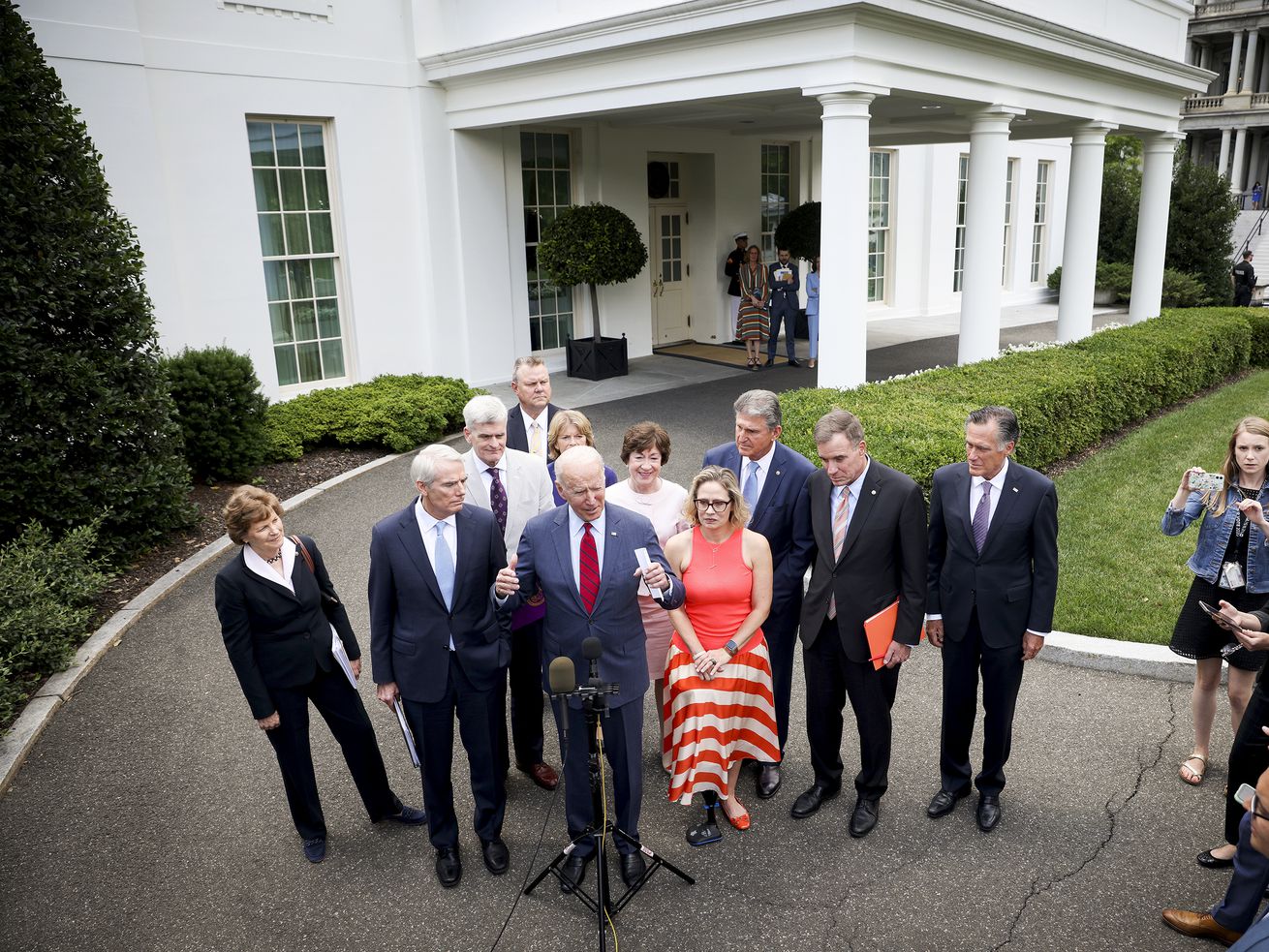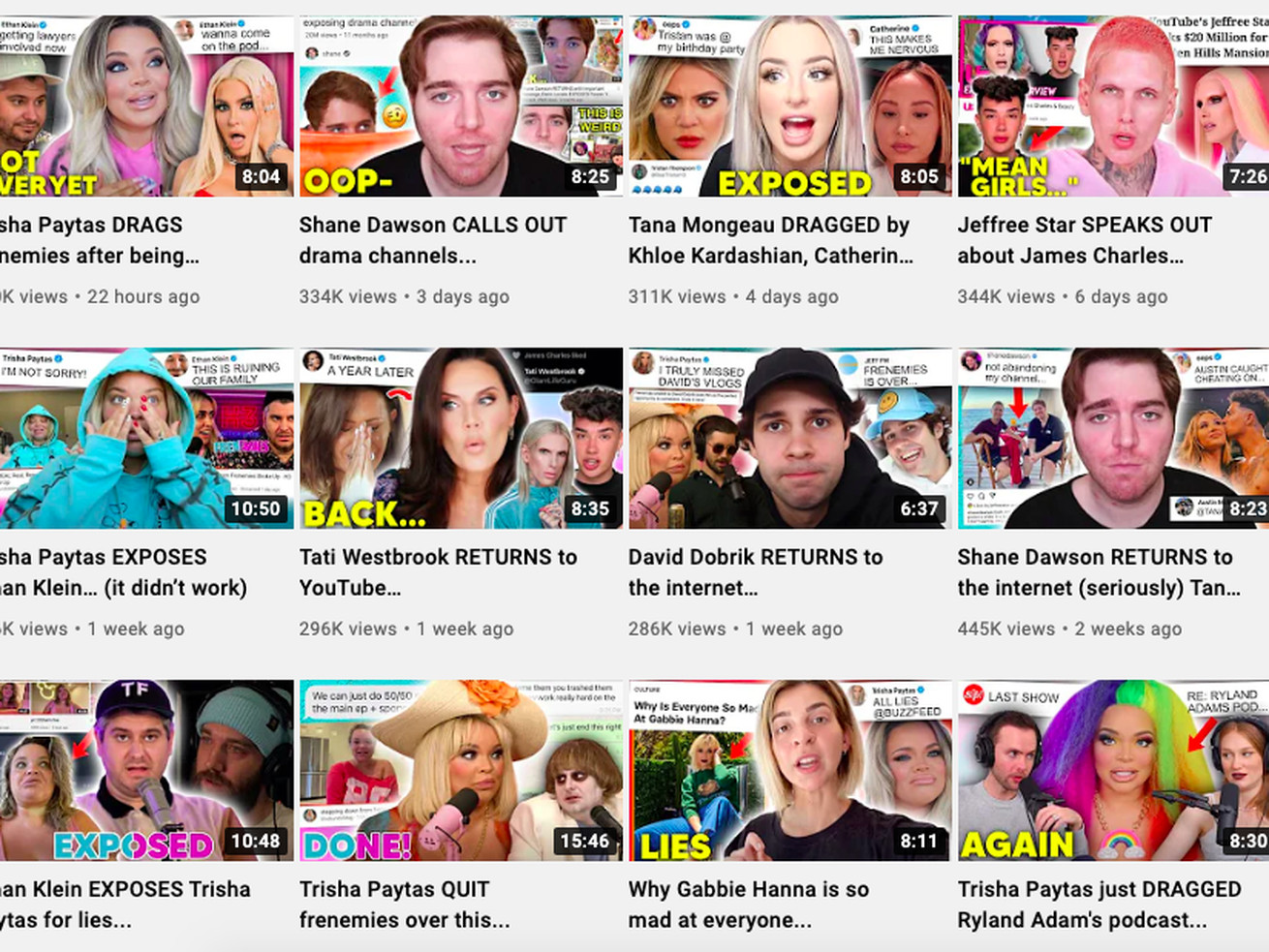Car culture can lead SoCal residents to feel more isolated, especially after months of strict and confusing guidelines.
In the early, uncertain days of the pandemic, city life was under attack. A Twitter cohort of self-appointed pundits began declaring that a middle-class migration was nigh, that Americans were rapidly leaving urban centers for sprawling suburban and rural areas. News outlets ran op-eds that seemed to bolster these claims, from writers who assumed that there was a correlation between population density and the coronavirus infection rate.
“Density Is New York City’s Big ‘Enemy’ in the Coronavirus Fight,” read a New York Times headline from March. “Angelenos like their single-family sprawl. The coronavirus proves them right,” declared a Los Angeles Times op-ed in late April. As the coronavirus trickled into less-dense regions of the South and Midwest, however, those claims were swiftly backtracked.
Since the start of the pandemic, urbanists have argued that the effectiveness of government response helped bustling cities in Taiwan, Japan, Vietnam, and South Korea avoid severe outbreaks. In June, findings published by the Johns Hopkins School of Public Health determined that city density was not directly linked to higher infection rates. Rather, researchers attributed the propensity of spread and Covid-19 mortality rates to factors like metropolitan size, education, race, age, and implementation of social distancing policies.
Still, as the coronavirus accelerates across Southern California, officials say density and other geographic specificities play a not-so-insignificant role in daily pandemic life — impacting how residents react to the crisis surrounding them. “Los Angeles has the combination of poverty and density that leads to a virus like this being able to spread much more quickly and be much more devastating,” Mayor Eric Garcetti told the Los Angeles Times.
In such a sprawling city, the everyday incidences of crowding at grocery stores or restaurants — combined with residents’ perceived physical and emotional isolation — are frustrating for the public, which is grappling with changing guidelines. When as many as 1 in 80 people is infected, unwitting contamination is likelier than ever.
The coronavirus is anything but an equalizer. It has exacerbated hardships for low-income families, who have lost their livelihoods and lives. And in major US cities, from Atlanta to New York City, working-class communities of color have experienced higher infection and mortality rates, particularly in high-poverty regions. The differences in these rates, researchers said, could be attributed to factors like household crowding, proportion of essential workers, and access to testing and health care. When it comes to Los Angeles, certain pockets are not just denser, but also poorer, with high rates of poverty and homelessness and a large population of essential workers that have been hardest hit by the virus.
The county, which has more than 10 million residents, has reported an average of about 14,000 new daily coronavirus cases over the past seven days. But in the wake of record-breaking infection rates, shoppers didn’t seem deterred in the lead-up to the Christmas holiday. Aerial footage above the Citadel Outlets in southeast Los Angeles County on December 19 — two days after Southern California ICUs ran out of available beds — shows a jam-packed parking lot, as hundreds of masked shoppers congregated in long, snaking lines. The Grove, another outdoor shopping destination in Hollywood, has been similarly packed, according to concerned Angelenos on Twitter, despite county policy limiting retail capacity to 20 percent.
I’m at the “several friends of mine have lost their parents” part of covid and I drove past the grove yesterday and it was PACKED. I’m losing my mind. 1 in 20 ppl here have it. Why is there no urgency? Why is there no leadership?
— Akilah Hughes (@AkilahObviously) December 18, 2020
There seems to be large-scale cognitive dissonance to the severity of the pandemic — not just in California, but across the country — which is only growing worse, as millions are set to receive the first vaccine dose. Hospitals are overloaded with a tidal wave of patients, and Southern California doctors worry they will soon have to ration care to those who need it most. Yet, Americans are still heading to the mall, hosting holiday gatherings (some illegally), and taking a pandemic-era record number of flights.
The situation in Southern California is dire, to say the least. So why is there little to no urgency among residents? There is currently no sign that Los Angeles County and the state of California have reached their peak caseload, and Gov. Gavin Newsom has hinted at extending stay-at-home orders amid the troubling surge of cases. Perhaps more concerningly, “there is no precedent for how well a lockdown will work” with the sheer number of infections, John Swartzberg, an infectious disease expert at UC Berkeley, told the Los Angeles Times.
While California might be the current coronavirus capital of America, cases in almost every state have surpassed existing records. There are myriad reasons: pandemic fatigue, inconsistent public health messaging, holiday gatherings, and little to no enforcement of policies intended to reduce the virus’s spread.
In the midst of this third wave, environmental psychologists are examining the shifts in human behavior as the US enters its ninth month of the crisis. These researchers study how people interact with the spaces they inhabit, from local neighborhoods to broader urban contexts. Thoughtful urban design, as it relates to population density and city life, is crucial in fostering a sense of social connection and solidarity during a time when so many residents are isolated from one another.
“It seems that California did a good job flattening the curve in April,” said Jennifer Jane Roe, director of the University of Virginia’s Center for Design and Health. “That suggests, at least in respect to urban design, people were complying with public health guidelines. But with this exponential rise in Covid, it’s a behavioral problem, as well as a policy one, and it’s also possible that the strain has become more virulent.”
In most parts of the United States, the climate has changed since the summer, prompting people to move their gatherings indoors. The weather is temperate year-round in Southern California, but due to its sprawling geography, Roe thinks its car culture — combined with the popularity of commercial retail centers and strip malls — can lead residents to feel sequestered, even from neighbors. Many have abstained from seeing family and friends now for months. And while most Californians are under strict stay-at-home orders, the regional inconsistencies have confused and angered residents.
/cdn.vox-cdn.com/uploads/chorus_asset/file/22202634/GettyImages_1230166592.jpg) Al Seib/Los Angeles Times/Getty Images
Al Seib/Los Angeles Times/Getty ImagesIn early December, Los Angeles County had closed its playgrounds and banned small outdoor meetings, an order that has since been reversed. As an LA Times reporter put it, people are entering the “why-is-this-closed-while-that-is-open” stage of the pandemic. While playgrounds were closed, malls and retail spaces remained open, drawing in large crowds.
“You have a culture of people driving in their cars around town, to places that are open like shopping malls, which might have poorer ventilation than a park, even if part of it is outdoors,” Roe told me. “The other problem with car culture is people aren’t connecting on a daily basis with those around them, which doesn’t help their mental health.”
Sprawl could exacerbate people’s feelings of restlessness and isolation over a period of months. In addition, Los Angeles County is notoriously “park poor”: A city assessment conducted in 2016 found that 51 percent of residents don’t live within a 10-minute, half-mile walk to a park. Green space is crucial in combating the effects of sprawl, Roe added, as designated locations where people can safely socialize at a distance.
“People are spending more time outdoors. Instead of 45 minutes at a local park, they’re staying for more than two hours,” she said. “The pandemic has sent a clear message to urban planners that we need more trails, outdoor play areas for children, and public parks in places where people don’t have gardens or convenient access to outdoor space.”
Environmental psychologists, urban planners, and public health experts have encouraged cities to preserve access to open green areas, which can improve residents’ mood and mental health, even as they stay isolated within their own social circles. While Californians have car access to parks, beaches, and trails, health experts say the prolonged strictness of officials’ “stay home” messaging has worn down the public. And in a place as dense and geographically complex as Southern California, that can prove devastating.
“One way to look at this is through the lens of pluralistic ignorance. When a community conforms to what they think others want, they may end up doing what nobody wants,” Kevin Bennett, a professor of psychology at Penn State, wrote to me over email. “In the case of Covid-19, we look around our immediate environment to see how others are behaving. If we privately worry about the spread of Covid but do not see concern from others, over time we can create and maintain an illusion of calm.”
According to Bennett, pluralistic ignorance is a powerful social tool in situations where danger is ambiguous or difficult to determine. That might explain the influx of Angelenos eager to holiday shop: If outdoor dining is deemed unsafe by local officials but malls are open, then malls must be less risky. In urban environments, people are drawn to certain visual or sonic cues, like sirens or changes in foot and vehicle traffic, to evaluate a crisis.
“In a sprawling city like Los Angeles, we are less likely to notice an increase in emergency vehicles compared to a city that has a similar population size within a smaller geographic area,” he said. “The same is true for vehicle and foot traffic. We don’t notice a dramatic difference, so we conclude it must not be that serious.”
Early in the pandemic, some wrongly assumed the prevalence of car culture would shield Angelenos from a coronavirus outbreak as severe as New York City’s. Commuting by yourself in a car, after all, is a form of social distancing. “It seemed that Angelenos could finally claim a real advantage in having an identity that included an embarrassing, carbon-emitting, traffic-jammed, sprawl-and-crawl culture,” writer Amy Wilentz wrote in a New York Times opinion piece.
But the coronavirus is not like other crises: the earthquakes, extreme heat waves, and wildfires Californians are acutely aware of. Our earliest unscientific assumptions about how the virus transmits and proliferates are premature at best and erroneous at worst. There is “a rolling state of danger” in this pandemic, Bennett said: “Because of the nature of Covid, we are given the opportunity to evaluate and reevaluate our behavioral decisions as the danger continues. This type of constant evaluation opens the door for pluralistic ignorance.”
That is perhaps another explanation for the frustrating lack of urgency held by Americans in varying states and cities — that, as nationwide cases dipped between the summer and the fall, the worst was over. Since the behaviors of our neighbors were slow to shift, we were lulled into complacency, as Bennett suggested. “Will Los Angeles reach the painful peak New York has experienced? Probably not,” Wilentz wrote in late May. Despite all evidence currently pointing to the contrary, it appears that some are willfully hoping that is still true.
Author: Terry Nguyen
Read More



